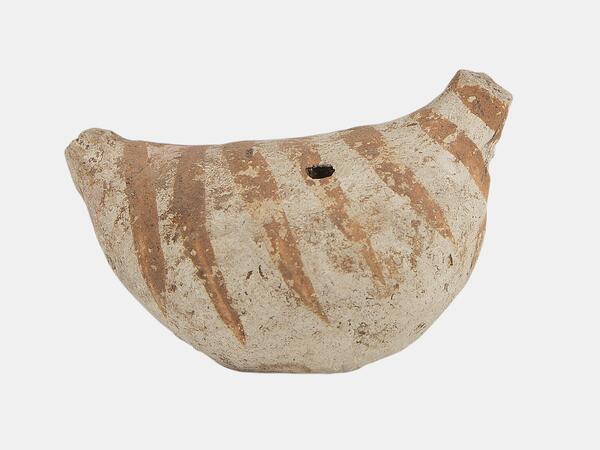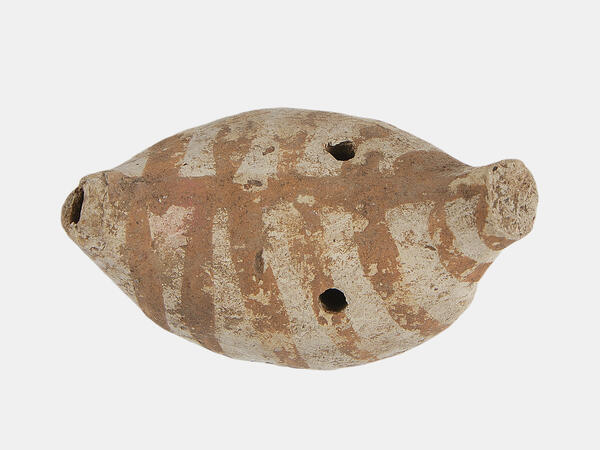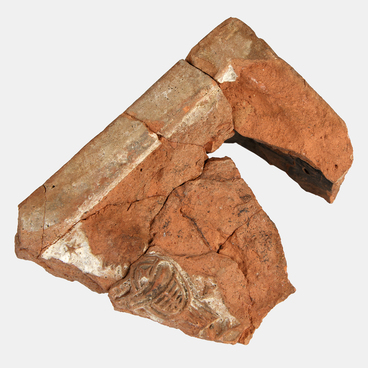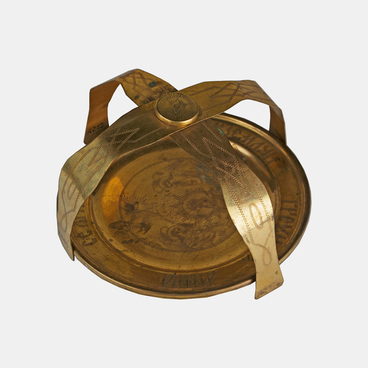A whistle toy is both a traditional national toy and a simple musical instrument. In the past, toy whistles were often made in the shape of animals: birds, fish, horses, and horse-riders. This toy consisted of three main elements: a hollow body-resonator with fret holes, a sound part — a whistle — and a sculpted head.
A potter’s main skill was tested in making a whistle. The purity, tonality and strength of the sound depended on the correct location of the air channel in the mouthpiece and the air outlet hole underneath it. If a cherry pit is placed inside the device, it will periodically interrupt the air flow, which is typical for signal whistles. The water inside makes the whistle sound melodious, like a birdsong.
Whistles appeared in prehistoric times, when people noticed that carved dry pumpkins and hollow trunks made a characteristic sound. The first whistles were made from dried vegetables, wood, bone, whalebone, and later from ceramics. According to their design, all whistles are divided into three categories: warbling whistles with water inside, figures with an attached whistle (for example, Filimonovo whistles), and hollow ones, like most Russian toy whistles.
Whistles appeared in Rus around the 10th century. At first, they were minor pottery products, and later became an independent direction of Russian folk crafts, with centers of production appearing in many regions of Russia. Most whistles were made of ceramic or unfired clay and decorated with reddish-brown dyes. It was not until the 18th century that multi-colored toys appeared.
Whistles of high tones were called whistles, whistlers, and pipes, and low-tone whistles were called “gudukhi”. The Slavs often used whistles in pagan and mystical rituals. In some areas, playing whistles accompanied children’s rites of welcoming spring: people went into the forest, where they called for spring by whistling and treated themselves to cakes, eggs, and bread. Today, the Russian whistle remains a classic traditional souvenir and a bright children’s toy.




